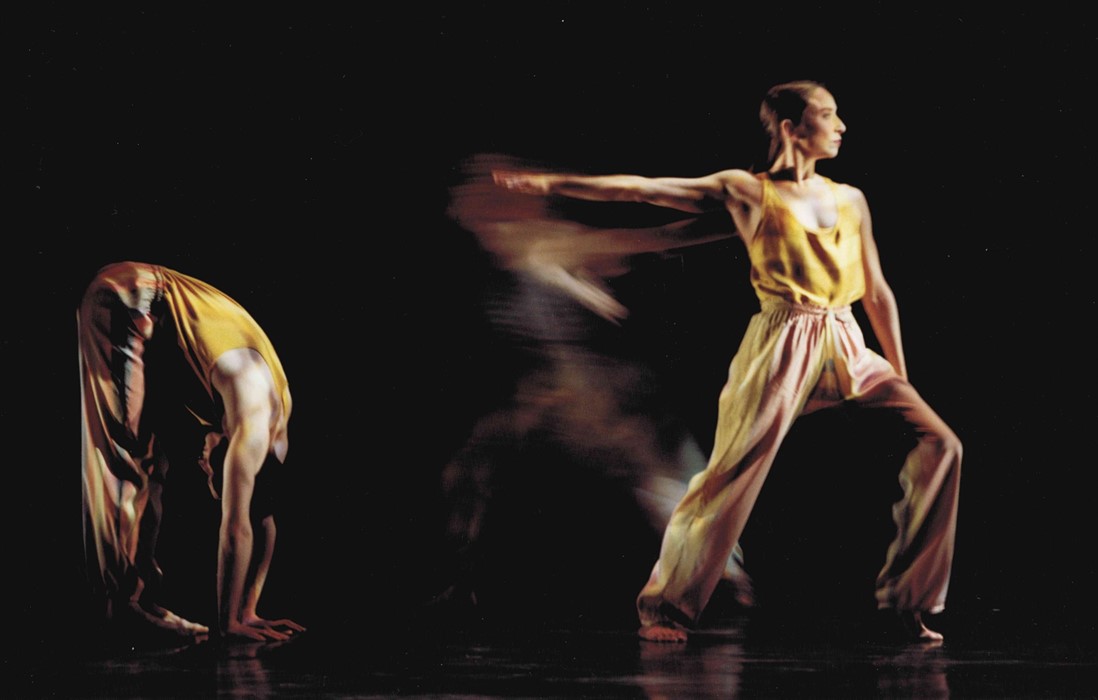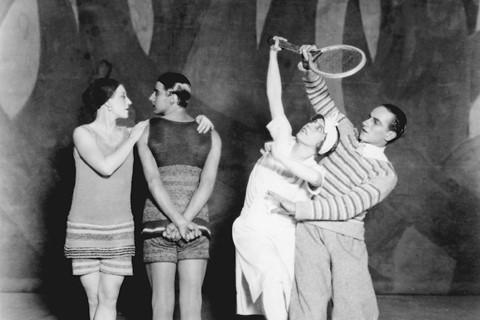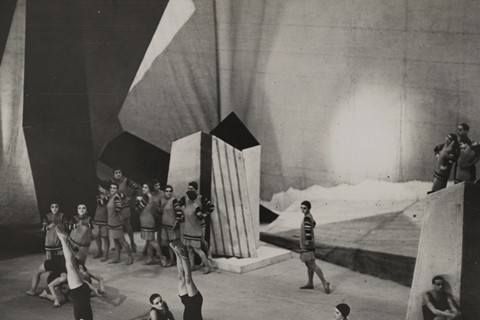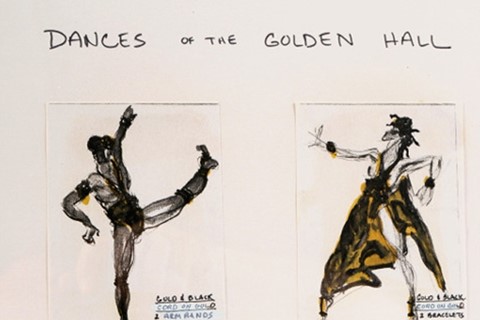Pioneering fashion theorist Valerie Steele shares her thoughts on the relationship between dance and fashion, the subject of her next exhibition
"I am in the throes of organising my next exhibition, which is about dance and fashion. Dance and fashion are the two embodied art forms. Dance has profoundly influenced fashion design, and fashion designers are increasingly been asked to create costumes for dancers. Chanel designed the costumes for the 1924 production of Serge Diaghilev’s Le Train bleu at the Théâtre des Champs-Elysées in Paris. For that production, Jean Cocteau penned the libretto; the music was composed by Darius Milhaud; Henri Laurens designed the sets; Picasso did the programme and then stage curtain; and Chanel designed the costumes. Later, Halston collaborated with Martha Graham. Mark Morris and Isaac Mizrahi have often worked together. These are precedents yet there is more now.
Valentino designed for the New York City Ballet’s 2012 fall gala. And the influence goes the other way too. Dance often influences designers’ own collections. Balenciaga was influenced by flamenco. John Galliano and Dior were heavily influenced by ballet. More recently, Rick Owens created a collection paying homage to stepping. Ballet audiences, especially at galas, are often very chic and they are interested in seeing costumes by fashion designers.
"Like many artistic fields, dance has always been more bohemian and open to people of diverse identities and sexualities"
At the moment, I am focused on finding the dresses for the exhbition – this is always a fun challenge. I am consumed with concern over whether I can afford particular garments and how to assemble it all. The dresses don’t have to get to the museum until July, but my essay for the catalogue is due this month. This is where my mind is.
Of course, this show relates to our last exhibition, A Queer History of Fashion. Like many artistic fields, dance has always been more bohemian and open to people of diverse identities and sexualities. However, the connection between ballet and gay men (either as dancers or balletomanes) is relatively recent. It seems to go back only to Nijinsky’s era. Balletomanes then knew that Nijinsky was Diaghilev’s lover. There are no known nineteenth-century gay male dancers; men mostly went to the ballet then to see women’s legs. Dance allows for viewing the nearly naked body. But that was part of its heterosexual appeal too. Now, there is a popular image that being gay involves being literate is all kinds of art forms.
When I am not obsessing about dance, I am obsessed with Baroque opera. I am going to Versailles to see Philippe Jarousky and Franco Fagioli perform in Artaserxes, and then I’ll see William Christie’s troupe in Platée at the Opera Comique in Paris. Whatever free time that I have, I will spend flying around to follow opera."
As a pioneer of fashion theory, Valerie Steele introduced the academic community to the hidden depth in apparently superficial concerns. When Steele completed her PhD on eroticism and Victorian dress at Yale University, fashion was not considered a serious subject. Scholars either vilified or pooh-poohed fashion. Paradoxically dismissed as frivolous and toxic, fashion was only the subject of serious thought in criticism or design school until Steele. She critically engaged with fashion in academic forums, founded Fashion Theory: The Journal of Dress, Body & Culture (the first, longest running and some argue only peer-reviewed journal dedicated to fashion) and wrote over a dozen books about the complex relationship between clothes, identity, the body and history. She is also the chief curator at The Museum at the Fashion Institute of Technology and her next exhibition will open in fall 2014.
Text by Ana Finel Honigman



